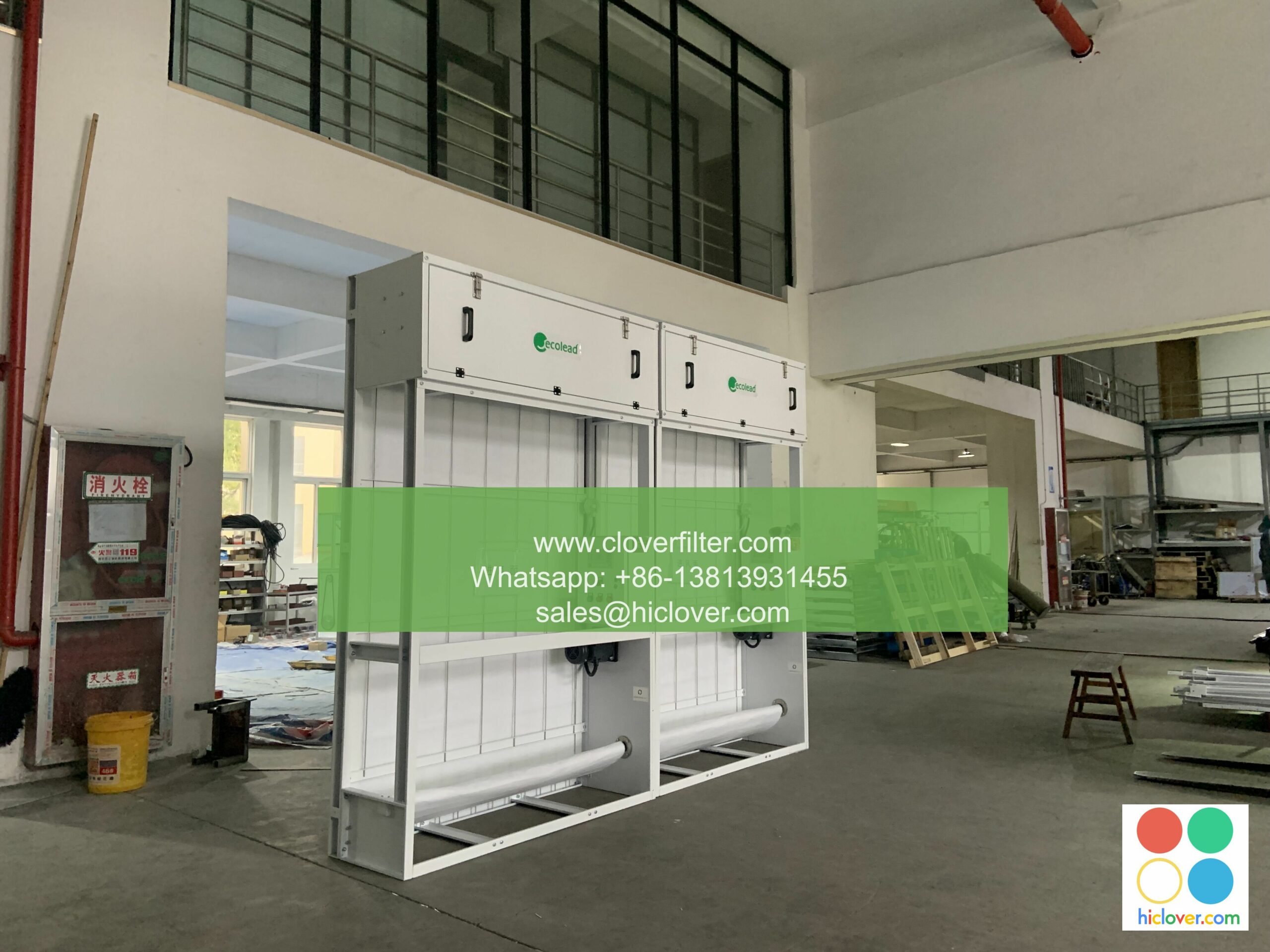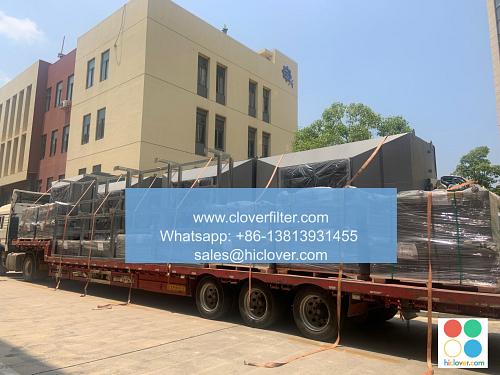Improving Indoor Air Quality in Electronics Factories with Automatic Roll Air Filters

Electronics factories are prone to poor indoor air quality due to the presence of hazardous chemicals, dust, and other airborne pollutants. These pollutants can emanate from various sources, including production processes, equipment, and materials. Prolonged exposure to such pollutants can have severe health consequences for workers, including respiratory problems, cancer, and other diseases. Furthermore, poor indoor air quality can also compromise the quality and reliability of electronic products, leading to increased defect rates and reduced customer satisfaction.
To mitigate these risks, electronics factories can leverage automatic roll air filters as an effective solution for improving indoor air quality. These filters are designed to capture airborne pollutants, including particles, gases, and vapors, and can be easily integrated into existing ventilation systems. Automatic roll air filters offer several benefits, including high filtration efficiency, low maintenance, and energy efficiency. By installing these filters, electronics factories can significantly reduce the concentration of airborne pollutants, creating a safer and healthier environment for workers and improving product quality.
The operation of automatic roll air filters is relatively straightforward. They consist of a roll of filter media, typically made of a synthetic or natural fiber, which is gradually unwound as it becomes saturated with pollutants. The filter media is designed to capture particles and gases, preventing them from recirculating into the air. As the filter media becomes increasingly clogged, the filter’s automated control system detects the reduction in airflow and triggers the roll to advance, introducing a fresh section of filter media into the airflow. This process ensures continuous and optimal filtration, minimizing the risk of filter bypass and maintaining high indoor air quality.
One of the primary advantages of automatic roll air filters is their high filtration efficiency. These filters can capture particles as small as 0.3 microns, including dust, smoke, and other airborne pollutants. They can also be designed to capture specific gases and vapors, such as volatile organic compounds (VOCs) and ozone, which are commonly found in electronics factories. By removing these pollutants from the air, automatic roll air filters can significantly reduce the risk of health problems and improve product quality.
In addition to their technical benefits, automatic roll air filters also offer practical advantages. They are relatively low maintenance, as the automated control system minimizes the need for manual intervention. The filter media is also designed to be long-lasting, reducing the frequency of replacements and waste disposal. Furthermore, automatic roll air filters are energy efficient, as they are designed to minimize pressure drop and optimize airflow. This can lead to significant energy savings and reduced operating costs for electronics factories.
Implementing automatic roll air filters in electronics factories can have a significant impact on worker health and product quality. By reducing the concentration of airborne pollutants, these filters can minimize the risk of health problems and improve worker productivity. Additionally, by maintaining high indoor air quality, electronics factories can reduce defect rates and improve product reliability, leading to increased customer satisfaction and competitive advantage.
Conclusion
In conclusion, automatic roll air filters are an effective solution for improving indoor air quality in electronics factories. By capturing airborne pollutants, including particles, gases, and vapors, these filters can create a safer and healthier environment for workers and improve product quality. Their high filtration efficiency, low maintenance, and energy efficiency make them an attractive option for electronics factories seeking to mitigate the risks associated with poor indoor air quality. As the electronics industry continues to evolve, the importance of maintaining high indoor air quality will only continue to grow, making automatic roll air filters an essential component of any comprehensive air quality management strategy.
Frequently Asked Questions (FAQs)
Q: What are the benefits of using automatic roll air filters in electronics factories?
A: The benefits of using automatic roll air filters include high filtration efficiency, low maintenance, energy efficiency, and improved worker health and product quality.
Q: How do automatic roll air filters work?
A: Automatic roll air filters use a roll of filter media to capture airborne pollutants, which is gradually unwound as it becomes saturated. The filter’s automated control system detects the reduction in airflow and triggers the roll to advance, introducing a fresh section of filter media into the airflow.
Q: What types of pollutants can automatic roll air filters capture?
A: Automatic roll air filters can capture a wide range of airborne pollutants, including particles, gases, and vapors, including dust, smoke, VOCs, and ozone.
Q: Are automatic roll air filters easy to maintain?
A: Yes, automatic roll air filters are relatively low maintenance, as the automated control system minimizes the need for manual intervention. The filter media is also designed to be long-lasting, reducing the frequency of replacements and waste disposal.

